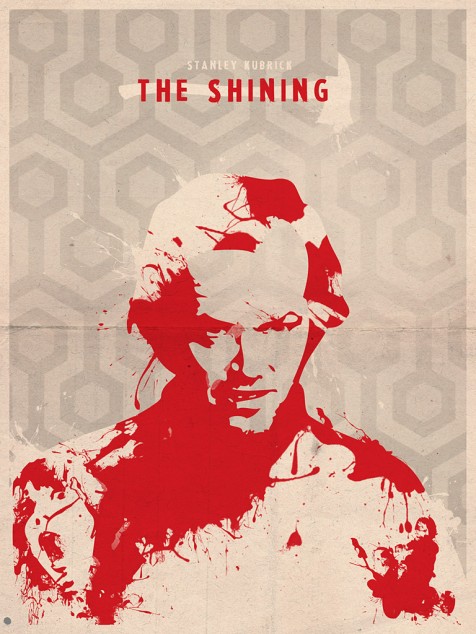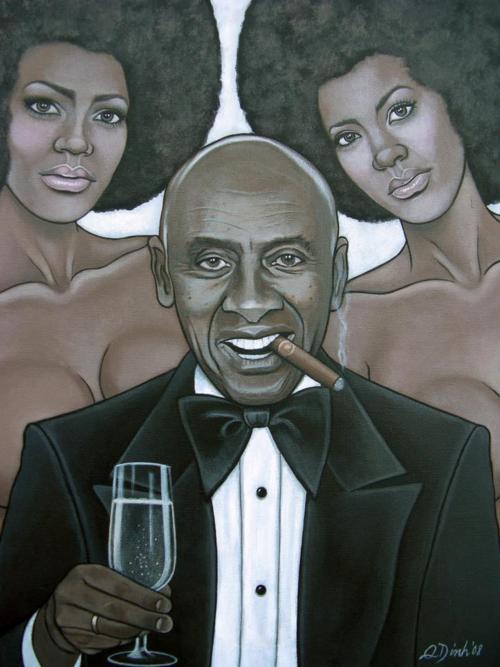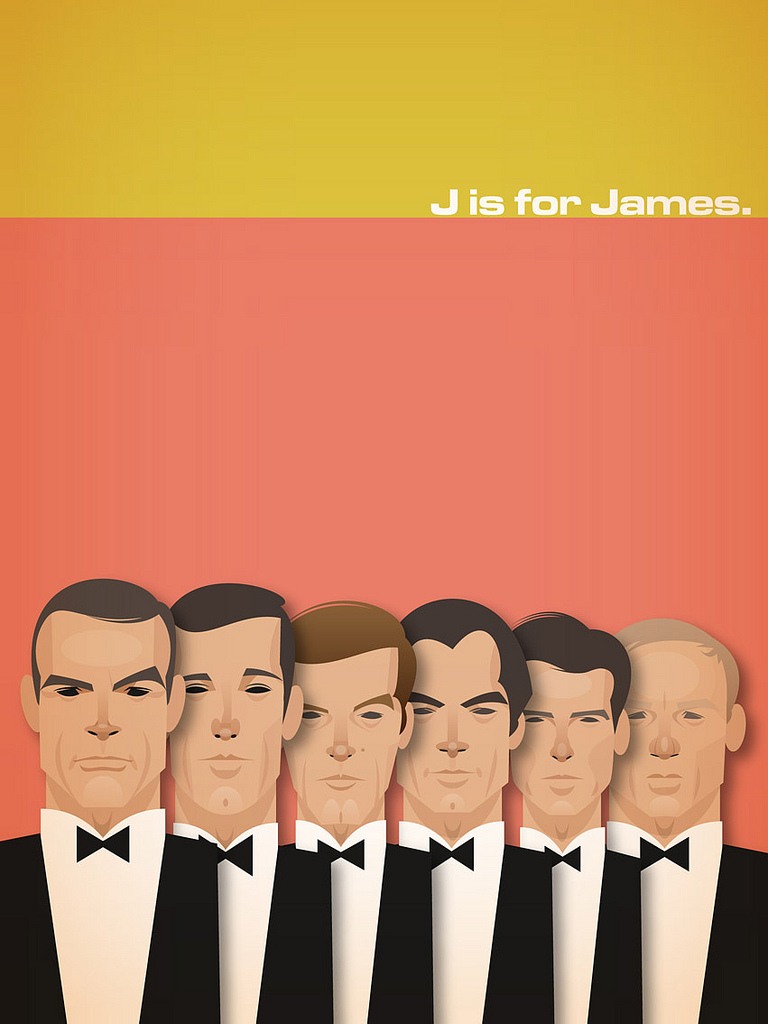NYFF: "Room 237" Cult of the Overlook Hotel
 Monday, October 8, 2012 at 6:00PM
Monday, October 8, 2012 at 6:00PM Michael C. here with a look at one of the under-the-radar festival hits appearing the NYFF.

One of the subjects of Rodney Ascher’s Room 237 is convinced that Kubrick’s The Shining is the director’s thinly veiled confession that he helped NASA fake the moon landing. He admits at one point to wondering if his idea stretched plausibility, but he adds that any doubt went out the window when he spotted the image of the Apollo 11 rocket on young Danny Torrence’s sweater in a pivotal scene. What other explanation could there possibly be for Kubrick the perfectionist including such a thing?
This is the refrain all the subjects of Ascher’s documentary return to as they unspool their elaborate theories about the supposed hidden meanings of the horror masterpiece: Stanley Kubrick was a master, a control freak, a genius. Nothing ever found its way into his films by accident. To hear them speak, every detail, no matter how incidental, was one more ingredient in the filmmaker’s complex web of symbolism. Theories range from The Shining as a commentary on the genocide of the Native American, to a reading of the story as an allegory for the Holocaust.
By opting not to show any talking heads Ascher grants all the speakers equal footing, combining their words into an aural labyrinth of competing evidence. Some of their analysis is compelling. An attempt to map the floor plan of the Overlook Hotel reveals how rooms appear to shift and disappear from scene to scene. Other digressions are straight up kooky, as with the moon landing theorist’s proposition that the capital letters on a key chain marked “ROOM No. 237” are a subliminal attempt on Kubrick’s part to plant the words MOON and ROOM in the mind’s of audiences. (The film is too kind to point out they can also be arranged to spell MORON)
What keeps Room 237 from merely being an overblown DVD bonus feature is the cleverness with which Ascher uses the minutiae of the theories to explore the way our minds hunger to find meaning wherever we look. Our brains our designed to find connections, Room 237 says, and The Shining with its bottomless subtext, inexplicable imagery, and seemingly deliberate continuity errors provide a playground where such impulses can run amok.

At the center of the doc’s hedge maze of theories is Kubrick himself, still mysterious, still elusive as ever. Room 237 works broadly as a meditation on the relationship between artist and audience, but more specifically as a demonstration on the continued hold Kubrick has over audiences. Room 237 is a smart, engaging, often funny film. Should Ascher ever decided to apply the technique to other films I would be interested to see the results, even if another attempt may not work as well without Kubrick on hand to toy with our minds. B
More NYFF
Lincoln's Noisy "Secret" Debut
The Bay An Eco Conscious Slither
The Paperboy & the Power of Nicole Kidman's Crotch
Bwakaw is a Film Festival's Best Friend
Frances Ha, Dazzling Brooklyn Snapshot
Barbara Cold War Slow Burn
Our Children's Death March
Hyde Park on Hudson Historical Fluff
 NYFF,
NYFF,  Rodney Ascher,
Rodney Ascher,  Room 237,
Room 237,  Stanley Kubrick,
Stanley Kubrick,  The Shining
The Shining 












